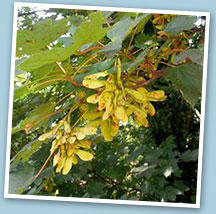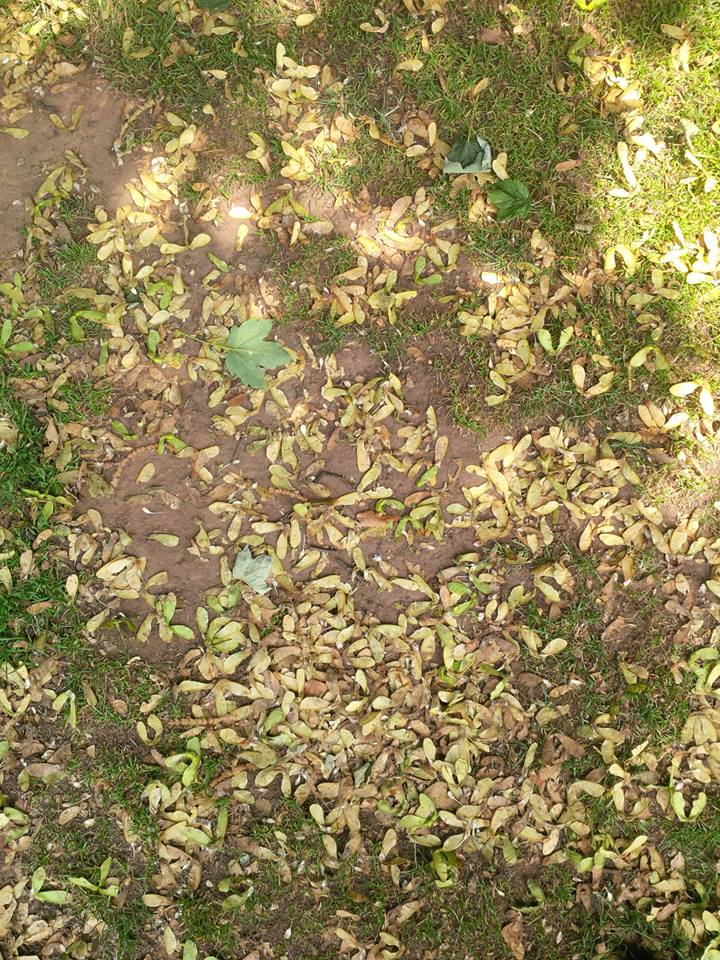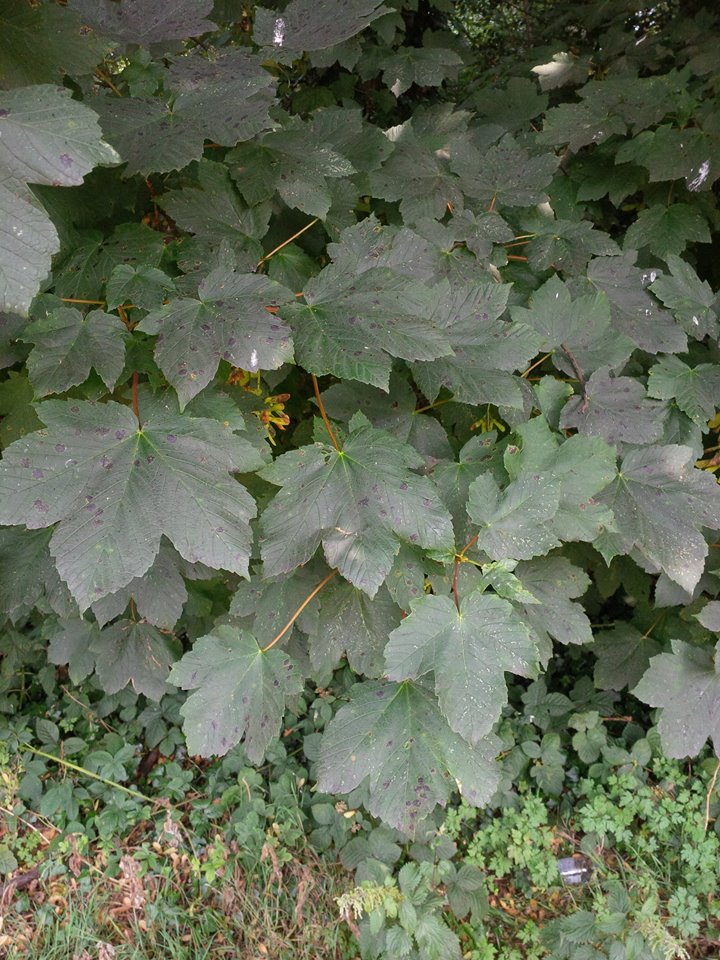
Urgent Message
Sycamore Poisoning
Sycamore poisoning is a potentially life-threatening condition that is on the rise amongst the horse population. Understanding the cause, symptoms and treatment will help keep your horse safe. Vet Gil Riley explains how it affects horses, the causes and how it is treated and prevented

Sycamore seeds
When we published our Foraging Guide last autumn, we could scarcely have predicted the rise in the number of calls Petplan Equine would receive this year regarding atypical myopathy. A potentially fatal illness, atypical myopathy is caused by horses ingesting sycamore seeds (autumn and winter) or the saplings that germinate from the seeds (spring and summer). Vets across the UK are reporting significant increases in the number of cases they are seeing and as owners we must be particularly vigilant in protecting our horses. Petplan Equine veterinary expert Gil Riley explains the condition, what causes it, the symptoms to look out for and the actions to take.
What is atypical myopathy and what causes it?
Atypical myopathy is an often fatal illness that affects all ages of horses at pasture.
Research in the USA has revealed the cause to be a toxin called hypoglycin-A, present in the large ‘helicopter’-shaped seeds and the saplings of the sycamore tree (see photos).
- Horses diagnosed with atypical myopathy are often kept on fairly bare pasture surrounded by trees, including sycamores, and often not given any supplementary forage or feed, making the ingestion of the seeds and saplings more likely.
- The concentration of the hypoglycin-A toxin in the seeds and saplings varies between each tree and with each year. A horse that eats a large volume of seeds or saplings might get lucky as they have only low levels of the toxin, whereas another might only eat a few seeds or saplings that contain sufficient toxin to cause a problem.
- Outbreaks of the disease have been linked to mild weather conditions which are thought to affect the concentration of toxin in the seeds and saplings.
- Windy weather will lead to spread of the sycamore seeds over a wider area from the tree and therefore may threaten the safety of horses grazing some distance from a tree.
How to spot atypical myopathy
The most common misdiagnosis in cases of atypical myopathy is colic, as the first stages can appear very similar. The disease is characterised by acute damage to the horse’s respiratory, cardiac and skeletal (or postural) muscles.
Symptoms include:
- Muscle weakness
- Breathing difficulties
- Heart problems
- Considerable pain that can result in the horse lying flat out
Symptoms progress quickly in the absence of urgent and aggressive treatment.

Sycamore leaves
How to avoid atypical myopathy
Fortunately, we now know exactly what causes this dangerous and distressing condition and the good news is that with a little care we can ensure our horses are not at risk!
- Simply by keeping our horses a safe distance away from sycamore trees we can greatly reduce the likeliness of them suffering.
- Fence off any sycamores in or around your fields.
- Be vigilant with the grazing surrounding sycamore trees as the shape of the seeds means they can fly quite a distance from the tree. If you have sycamore trees near your grazing, regularly inspect the pasture carefully for the seeds and saplings and remove them. If you’re lucky enough to have a poo hoover, this is very useful for the seeds. For the saplings, mowing is effective as once cut, the saplings do not regrow. The cuttings are still toxic however so they must be removed before the pasture is safe for your horses. The same applies should herbicide be used to kill the saplings.
- Supplying extra forage such as hay or haylage will also help prevent atypical myopathy, as this provides an alternative to the seeds or reduces the consumption of grass that may contain saplings.
- Having fewer horses in each field also reduces pressure on the grazing, and reducing the amount of time a horse is out can also lessen the risk.
- Note: Saplings in hay can contain toxic amounts of hypoglycin-A so making hay from a field covered in saplings is not advised.
What to do if you suspect your horse is suffering
As always, prevention is better than cure, but if you notice your horse showing any of the signs or symptoms described here call your vet without delay. The sooner your horse receives treatment, the stronger their chances of making a full recovery.
How do you prevent your horse coming into contact with Sycamore seeds? Head to our Facebook page and share your tips!



